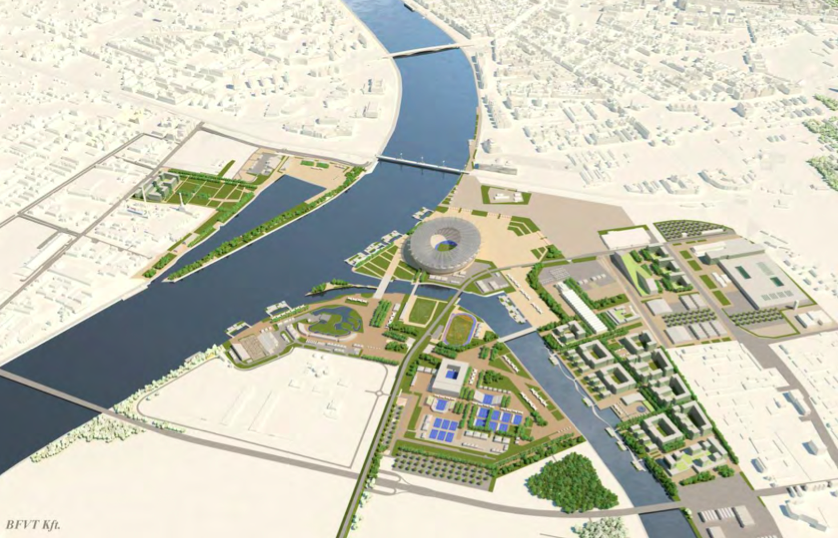Along with Paris and Los Angeles, Budapest is one of the cities remaining in primary consideration to host the 2024 Olympic Games, and while the winning metropolis won’t be announced until September of next year, the Hungarian Olympic Committee has already approved plans for potential new sports-facility locations across the capital city. Most venues would be connected by the Danube, which makes a lot of sense when considering that the river is a major component of Budapest’s current trends in urban development.
In recent years, public debate about the Olympic Games has become more deeply infused with politics than before, and there’s one very good reason why: organizing such a complex series of events is now more expensive than ever. This time, however, the International Olympic Committee is adamant about keeping the host cities’ development costs below the huge amounts spent for the recent Beijing and London Olympics, because nations all over the world are having a hard time keeping up with the increasing expenses of building new stadiums and other sports facilities. Making it all happen is not cheap, even with support from the international organization, but the plans that Budapest has drawn up for the big event have already been under consideration for the future development of the city. Interestingly, the Magyar metropolis could benefit even if it fails to win the Olympic bid, because the Olympic-related development plans could be converted into medium- and long-term city-planning strategies.

Los Angeles, Paris, and Budapest are the three cities that remain in primary consideration for hosting the 2024 Olympics. On big advantage in favor of the Hungarian capital is its compact size: with the different venues located so close together, both the fans and the teams would have a much more relaxed experience in getting to the different stadiums, pools, and other facilities during the games.

On January 27th, the General Assembly of Budapest approved the potential Olympic Games locations by a sizable majority. With venues to be set up in various parts of Districts IX, X, and XXI, the center of development would be sited in the northern region of Csepel Island and the surrounding areas. The layout of venues comprises two regions, which in turn are divided into seven clusters. The Danube region includes the new Olympic Park, Margaret Island, and Óbuda Island, while the clusters of the urban development region are Heroes’ Square, Puskás Stadium, the HUNGEXPO exposition hall, and People’s Park.
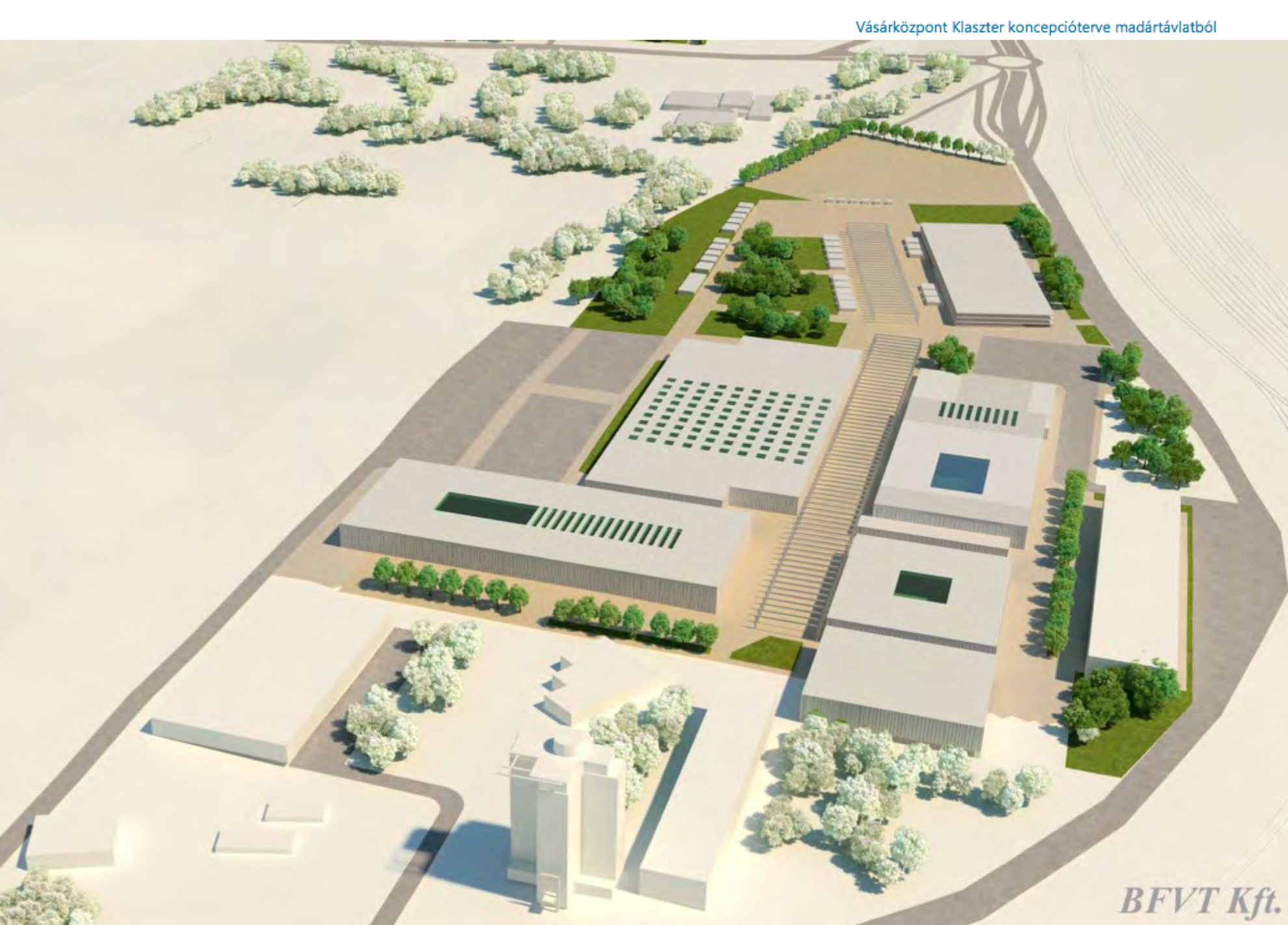
The central stadium could be erected between Rákóczi Bridge and the Kvassay sluice, and the buildings of the media center and the Olympic Village are planned to line the bank of the Danube by the district of Soroksár. The Olympic Park would house a new tennis center, a handball stadium, various sports fields, and other venues for athletics, kayaking, and canoeing races, as well as weightlifting.
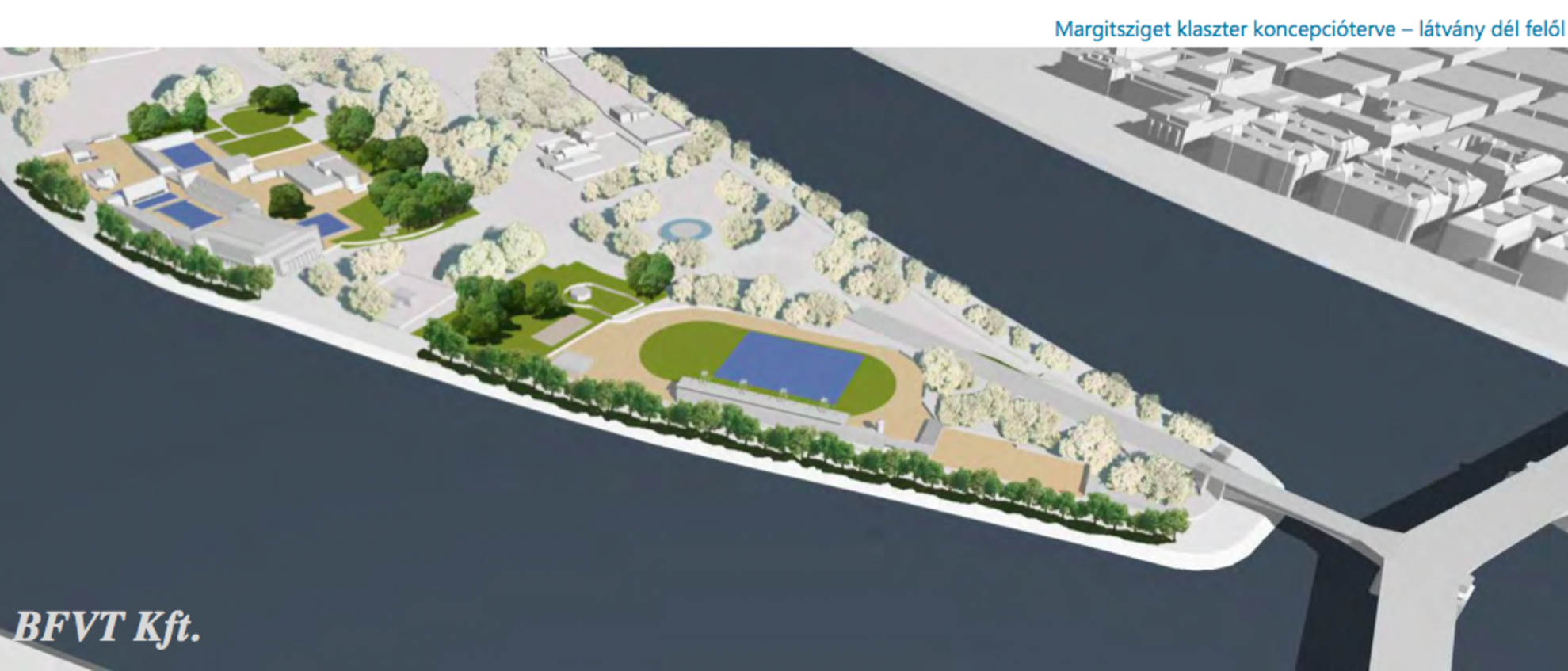
The archery competitions would be held on Margaret Island and Kossuth Square, with temporary stands erected on both locations. The Alfréd Hajós National Swimming Complex could be home to the water-polo matches. A new swimming complex could be constructed near Dagály Bath, and the velodrome for bicycle racing would be built in District III, on the property of the local Gas Works.
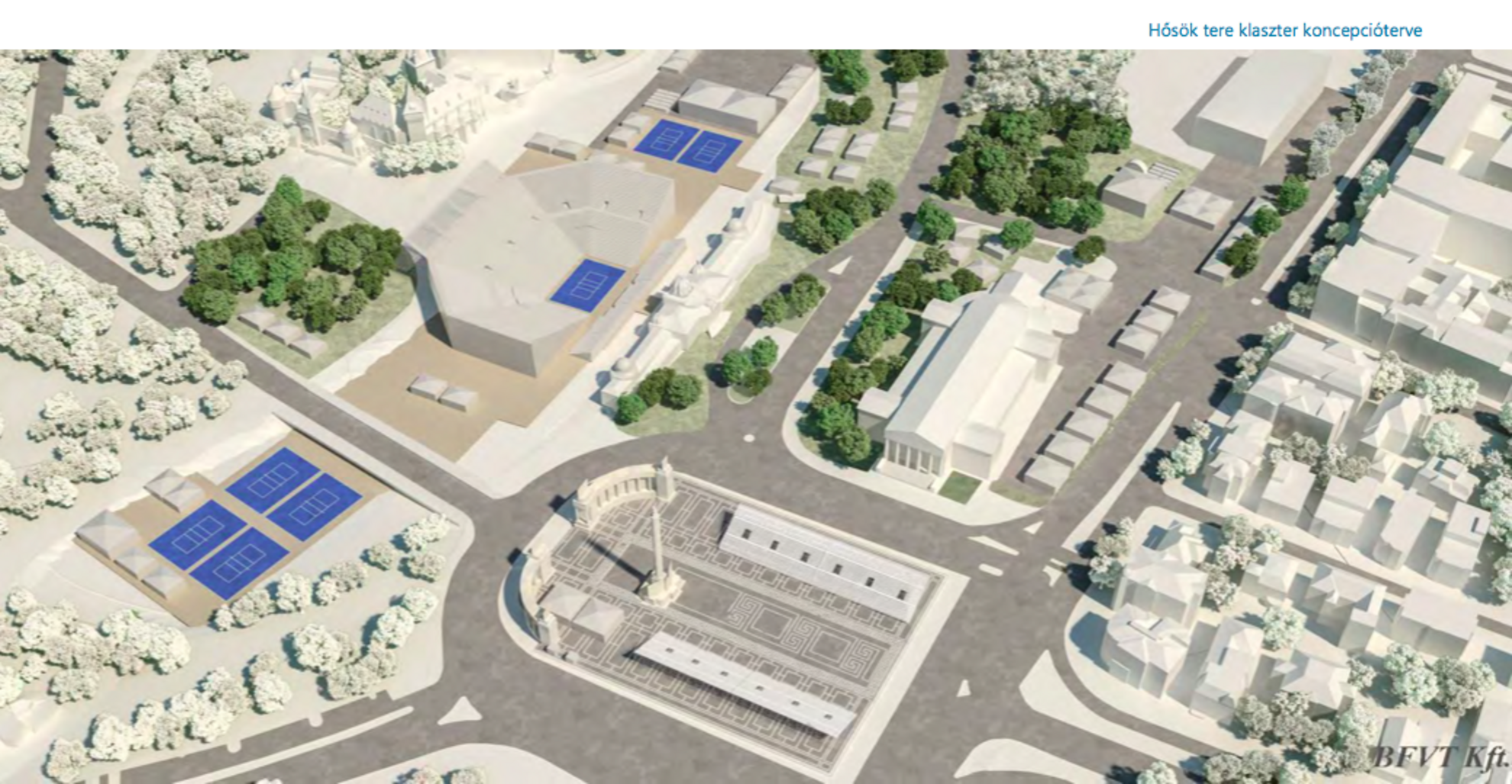
Field athletics and road cycling could take place near Heroes’ Square, and the Beach Volleyball Center in City Park could accommodate temporary viewing terraces to host a number of events. The new Puskás Stadium is where the basketball and football finals, as well as gymnastics events, could take place. Badminton, boxing, judo, and taekwondo could take center stage at HUNGEXPO, while People’s Park could be the venue for field hockey, fencing, pentathlon, swimming, rugby, and football qualification matches. The development of many participating venues is absolutely timely and necessary, regardless of the Olympic Games.
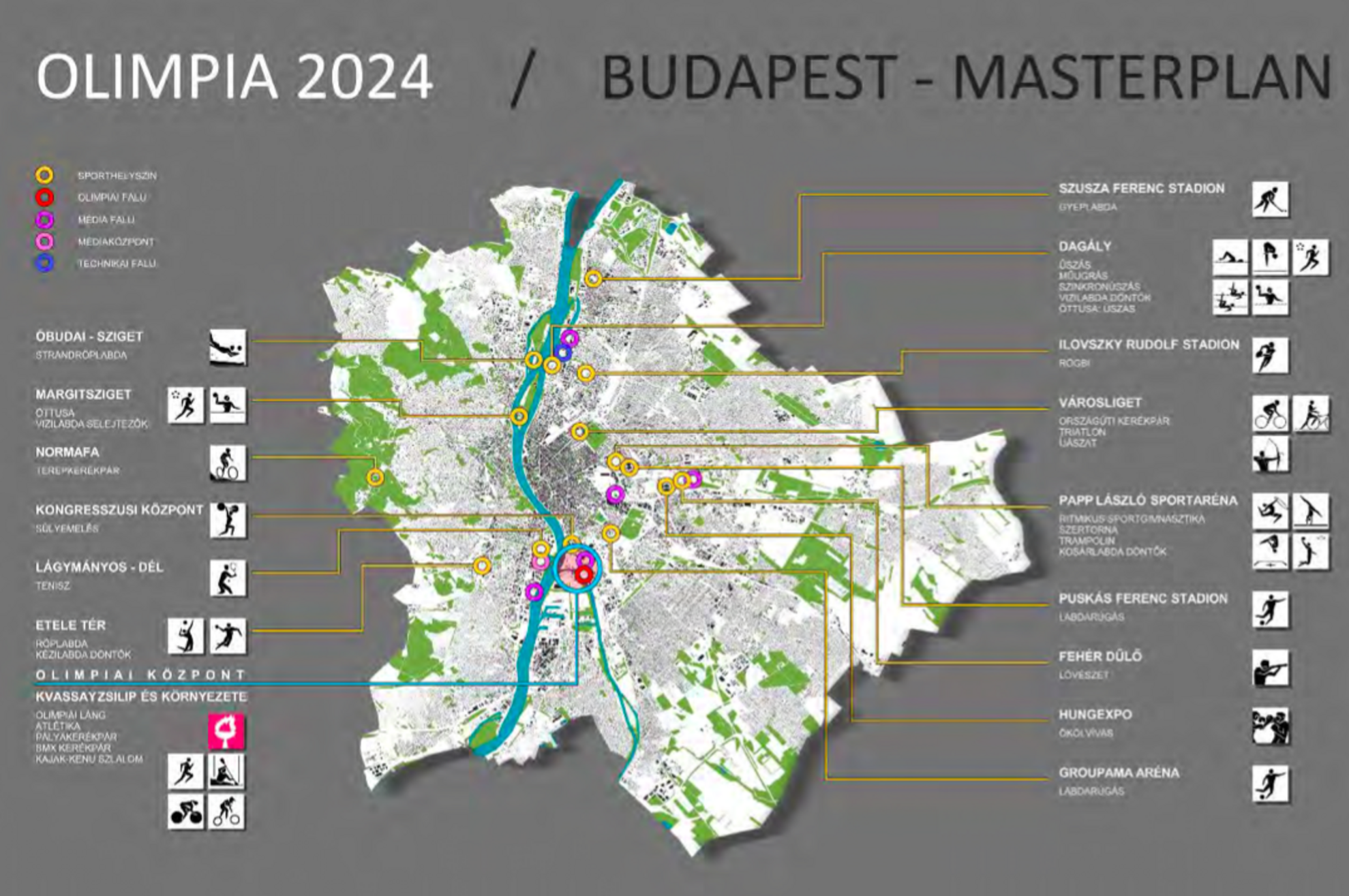
In addition to the decision about the Olympic locations, the assembly has also approved the so-called “master plan”, which outlines other future steps in Budapest’s urban development. After the removal of the railway tracks in front of the National Theater, visitors to the Millennium Center could have direct access to the Danube bank via a spacious green area. The suburban railway line to Csepel would be replaced by a tram running on the already existing tracks of tram 2, which would be a costly enterprise, but it’s worth noting that the elimination of the old carriages would have to happen sooner or later anyway. The plan of the bridge linking the southern parts of Pest and Buda with Csepel could also become reality, finally decreasing the isolation of the island district.
